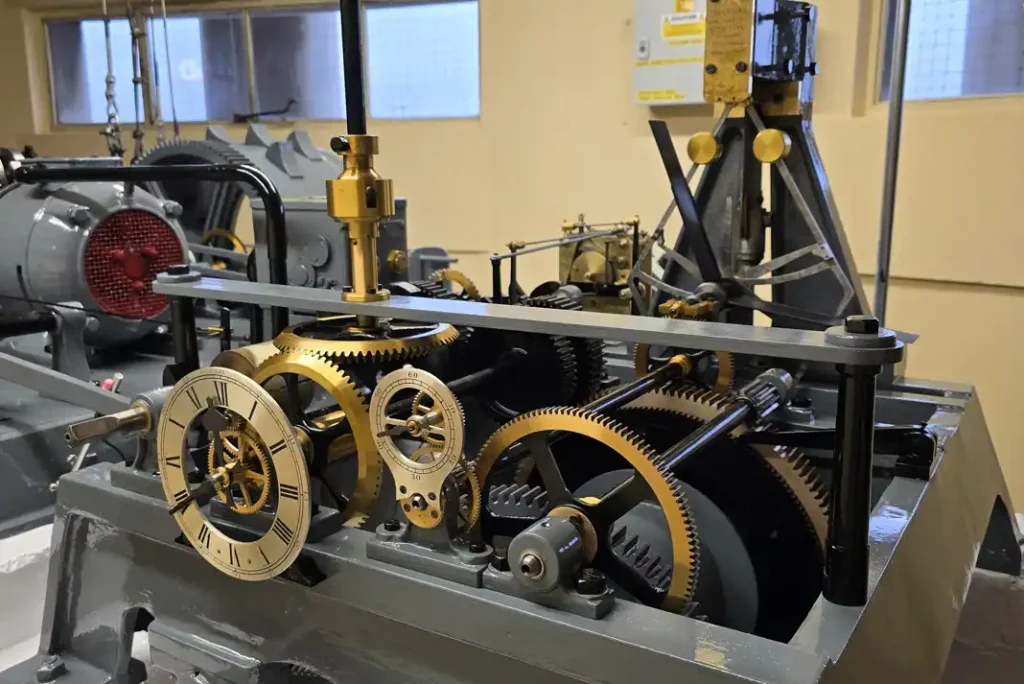The clock at the top of Nottingham Council House is ticking once again after being stripped down to each of its 1,195 individual parts under a significant restoration project.
Little John, alongside its four smaller siblings, also fell silent for two months on September 2 as part of the project.
It is the fifth heaviest bell in the UK and its E-flat tone is claimed as the deepest in the country.
At 12pm on Friday (November 7) the newly restored clock started ticking – and the bongs of Little John sounded out across the city once again.
The Local Democracy Reporting Service (LDRS) was invited into the Council House bell tower for the occasion.
Wayne Francis is the director of Clockwise Restorations in Lincolnshire, which has been looking after the clock for eight years.
“The clock had to be stripped down to assess the wear over the 47 years since it was last stripped down,” he said.

“It was stripped down into 1,195 parts, and each one was examined, checked, prepared, painted and assembled back in.
“Any parts that we were aware of that were worn and tired were re-bushed or repaired, and the clock was gradually assembled over the 11-week period into what you see today.
“The gearbox was the main critical part. It was specifically made for this clock, so we cannot get a replacement. It was sent to a local Nottingham company specialising in gearboxes. Most of the main internal parts were still good to go for another 100 years, but the main bearings in the drive-shafts were worn and were letting oil pass out. Double oil seals were fitted as opposed to the singles before.
“It is important to the city because it is the sound of the city. It needs to go forwards.”
Little John has also been repainted, and large rusted bolts have been drilled out and replaced.
While the bells were last silenced during the Second World War, it is estimated Little John could have chimed up to 3.8 million times since 1928. The clock itself had seen 51 million minutes pass by before it stopped ticking in September.
This clock was made in a period where clockmakers were starting to experiment with electric motors, and Nottingham firm G & F Cope was one of the leading companies that dabbled in the technology at the time.
The £60,000 project included a full inspection and servicing of the clock’s mechanism, hour strike, and bells, alongside future-proofing essential components and restoring the clockface’s centre cross with traditional 23.75ct gold leaf.
It was funded by the Government’s UK Shared Prosperity Fund (UKSPF).
Cllr Jay Hayes (Lab), executive member for housing and planning, added: “It is very important.
“I’ve grown up in Nottingham all my life and every day you hear this bell. It is the sound of Nottingham. It is what makes Nottingham a unique city, it is one of the biggest bells in the country ringing out across the entirety of the city.”

